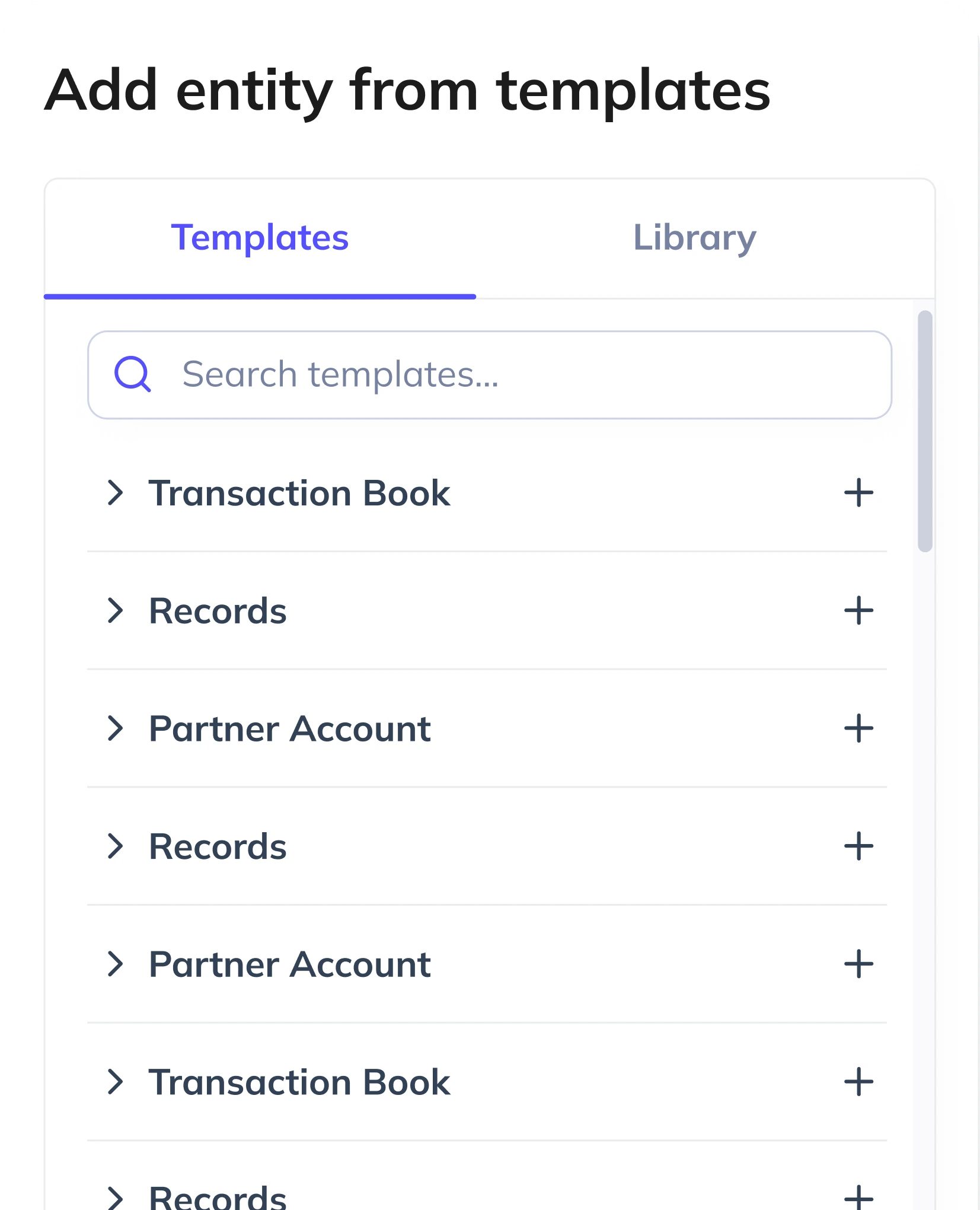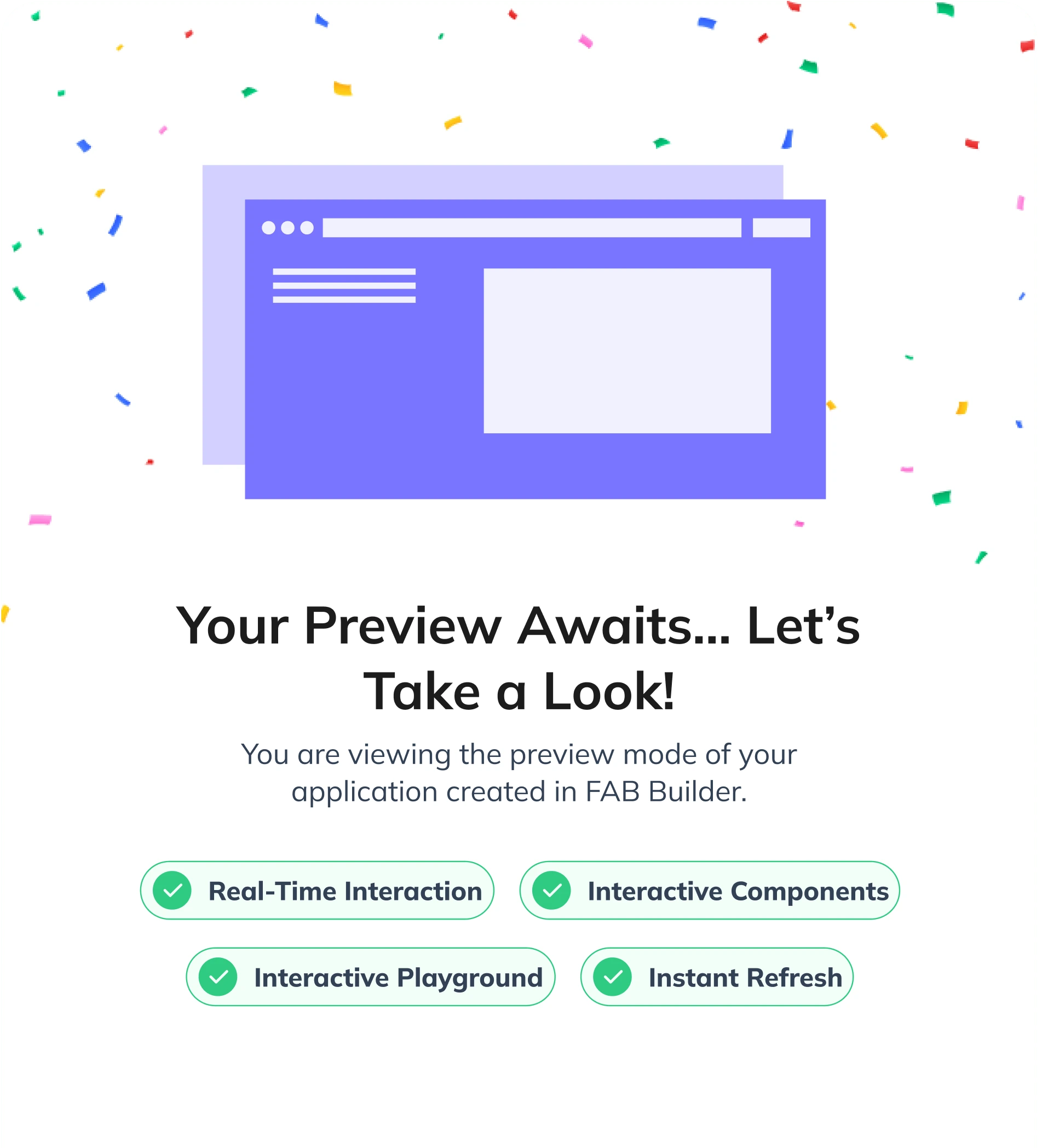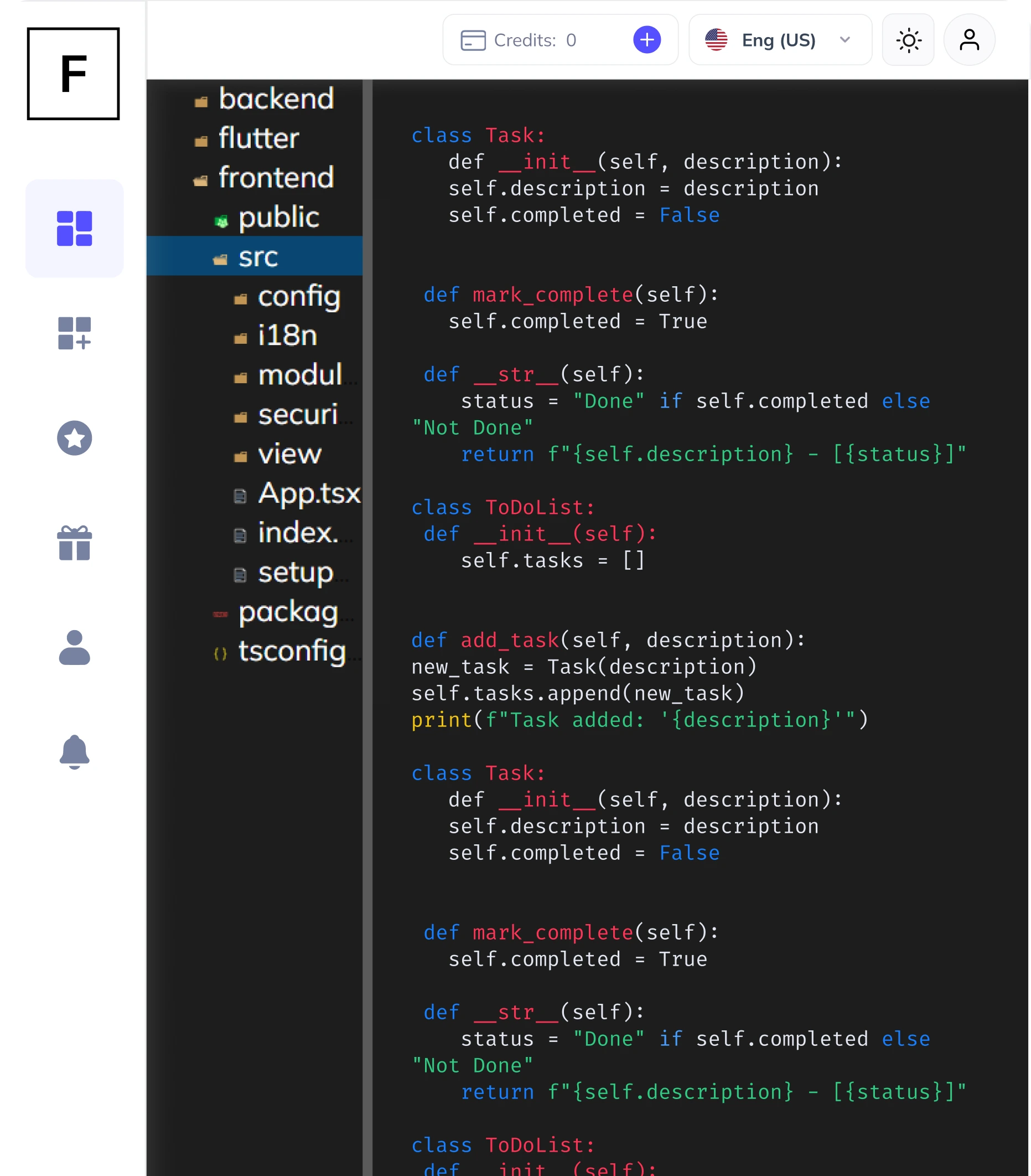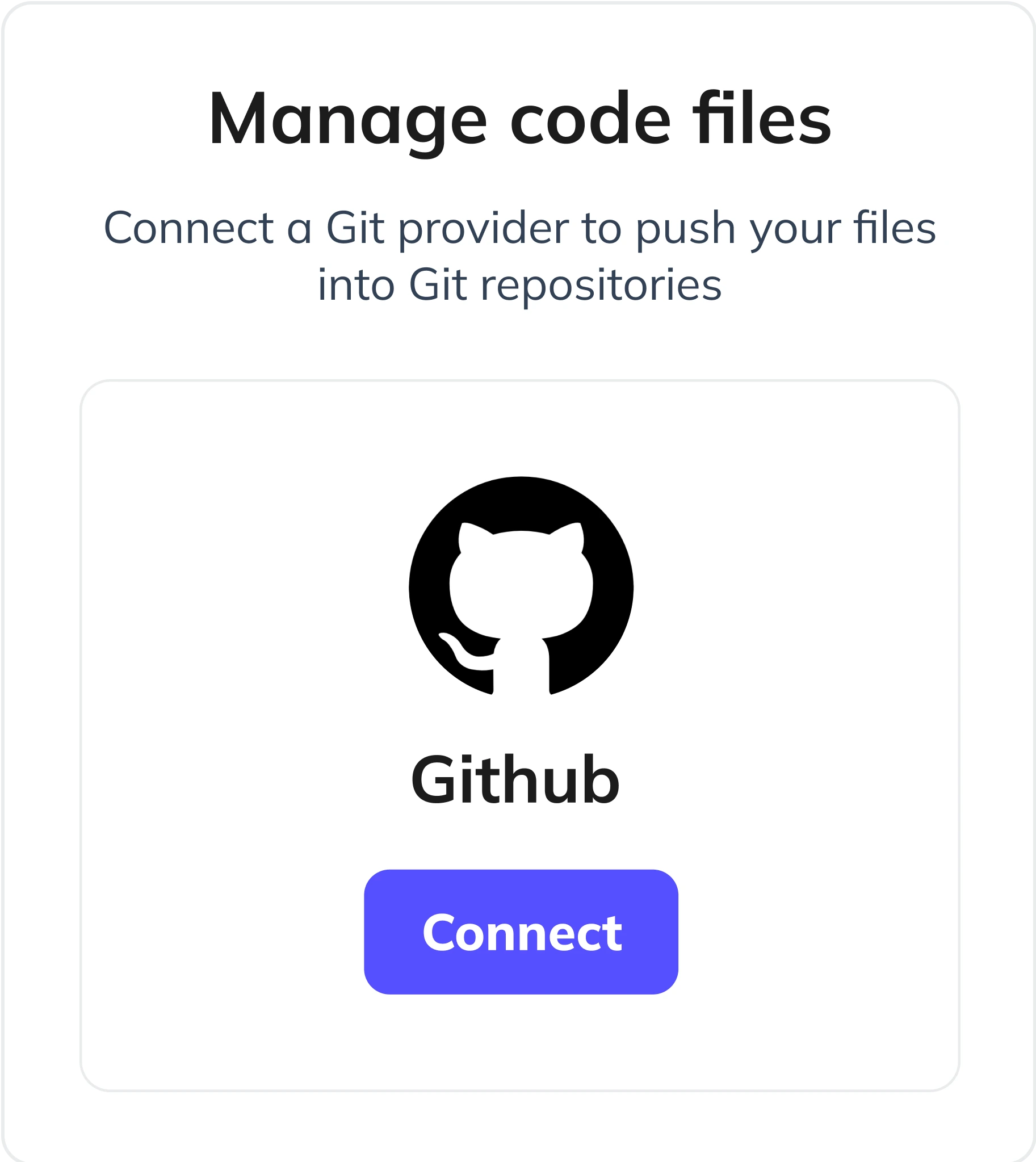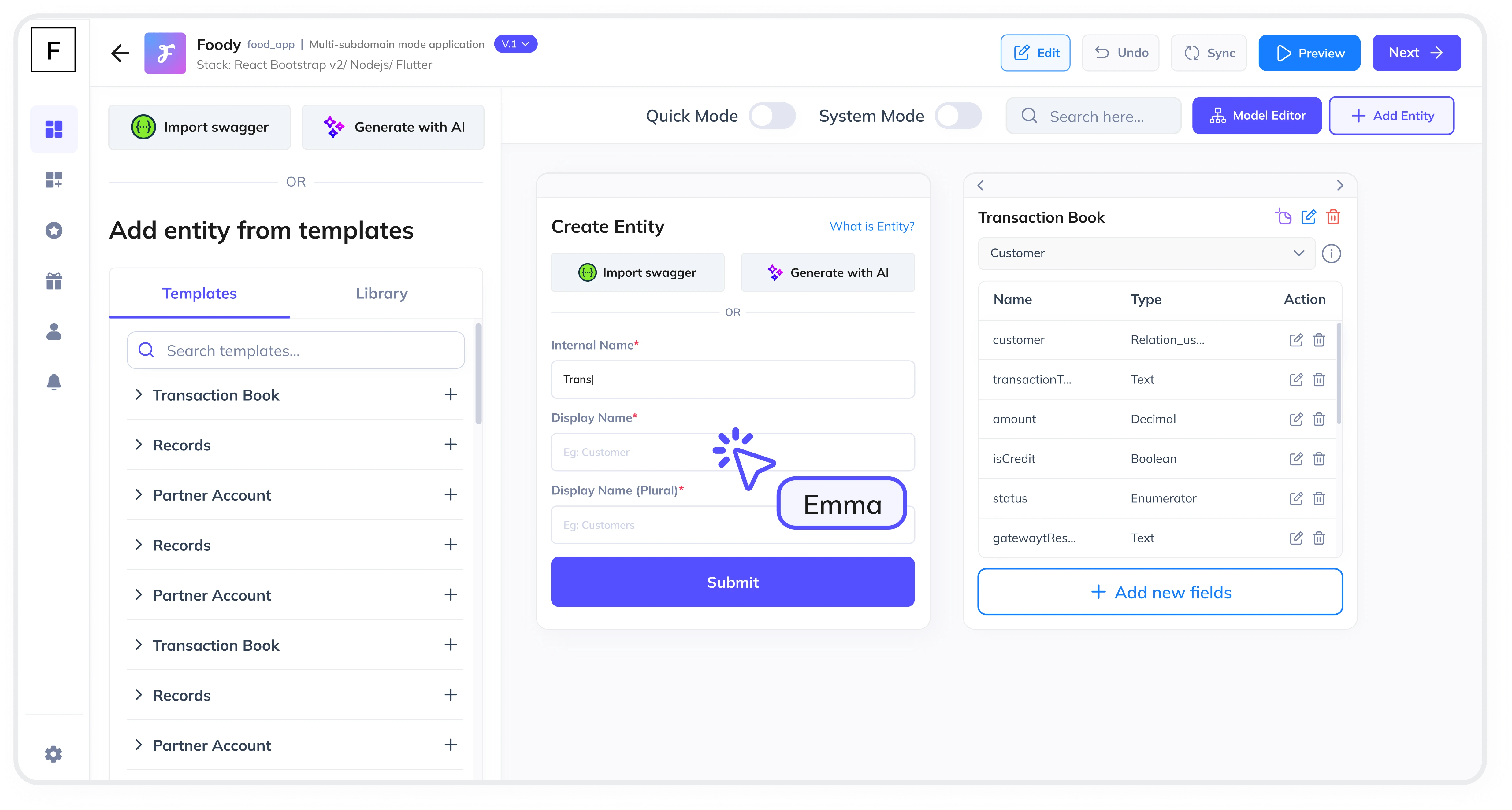Summarize and analyze this article with:
In today's digital-first world, managing and publishing content efficiently is crucial for businesses in the media and content industry. A Content Publishing Module is a vital component of any Content Management System (CMS), enabling seamless creation, editing, and distribution of articles, videos, and other media. With FAB Builder, a leading low-code platform, you can create a robust Content Publishing Module tailored to your business needs. This guide will walk you through the process step by step.
Why Use a Low-Code Platform for Content Publishing?
Low-code platforms like FAB Builder simplify the development process by providing pre-built templates, entity-based functionality, and AI-assisted tools. Here’s why you should consider using a low-code platform for your Content Publishing Module:
- Faster Development: Reduce development time by up to 80% compared to traditional coding.
- Cost-Effective: Save on development costs with reusable components and templates.
- Customizable: Tailor the module to your specific requirements without extensive coding.
- Scalable: Easily scale your application as your business grows.
- Production-Ready Code: Generate production-ready code that can be deployed to AWS, GCP, or Azure with a single click.
Key Features of FAB Builder for Content Publishing
FAB Builder offers a range of features that make it an ideal choice for building a Content Publishing Module:
- AI-Assisted Entity Creation: Describe your application requirements, and FAB Builder will automatically generate the necessary entities and fields.
- Bulk Data Import/Export: Import and export data via Excel templates, with role-based permissions for added security.
- Configurable File Storage: Choose from multiple storage providers like AWS S3, Google Cloud Storage, or local file systems.
- Payment Gateway Integration: Integrate with popular payment gateways like Stripe, PayPal, and RazorPay for subscription or one-time payments.
- Multi-Tenant Configuration: Create SaaS applications and sell subscriptions to B2B consumers with ease.
Step By Step Guide to Creating a Content Publishing Module
Step 1: Define Your Requirements
Start by outlining the features and functionalities you need in your Content Publishing Module. Consider aspects like user roles, content types, and integration with other systems.
Step 2: Choose Your Tech Stack
FAB Builder offers interoperability with various tech stacks, including:
MERN Stack (MongoDB, Express, React, Node.js)
MEAN Stack (MongoDB, Express, Angular, Node.js)
React with AntDesign, Tailwind, Bootstrap, or Material
Vue, Angular, Next.js, Node.js, .NET, Java, SQL, Android Native, or iOS Native
This flexibility ensures that your Content Publishing Module can adapt to any technology stack.
Step 3: Use AI-Assisted Entity Creation
With FAB Builder, you can describe your application requirements in plain English. The platform will automatically generate the necessary entities and fields, such as Article, Author, Category, and Media.
Step 4: Customize the Module
Leverage FAB Builder’s entity-based interface to customize the module. Add features like rich text editors, media uploaders, and role-based access controls.
Step 4: Configure File Storage
Choose a file storage provider that suits your needs. FAB Builder supports AWS S3, Google Cloud Storage, and local file systems, ensuring flexibility and scalability.
Step 5: Integrate Payment Gateways
If your module includes subscription-based content, integrate payment gateways like Stripe or PayPal. FAB Builder makes this process seamless with pre-built connectors.
Step 6: Test and Deploy
Once your module is ready, test it thoroughly to ensure all features work as expected. FAB Builder’s one-click deployment feature allows you to deploy your application to AWS, GCP, or Azure effortlessly.
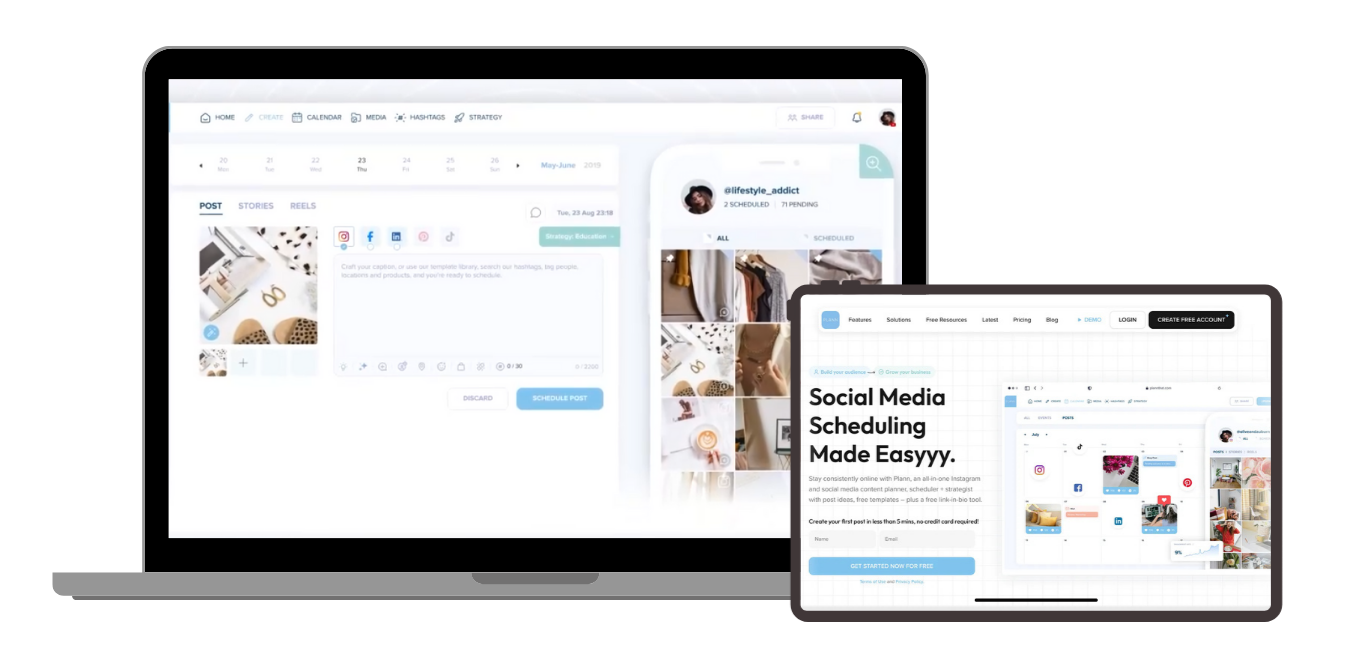
Use Cases for a Content Publishing Module
- Media Companies: Streamline content creation and distribution for news outlets, blogs, and magazines.
- E-Learning Platforms: Manage and publish educational content for online courses.
- Marketing Agencies: Create and distribute marketing materials like blogs, videos, and social media posts.
Benefits of Using FAB Builder
- Full Source Code Ownership: Download and customize the generated code without any restrictions.
- Flexible Tech Stack: Switch between MERN, MEAN, React, Vue, Angular, and more without losing functionality.
- Multi-Layer Security: Ensure your data and files are protected with role-based permissions and advanced security features.
- Scalable and Extensible: Adapt your application as your business grows, with support for multi-tenant configurations.
Why Choose FAB Builder?
FAB Builder stands out from competitors like UI Bakery, Flatlogic, and DhiWise due to its flexibility, scalability, and comprehensive feature set. Whether you’re building an MVP or a production-ready application, FAB Builder provides the tools and support you need to succeed.
With FAB Builder, you can also create SaaS applications using multi-tenant configurations, allowing you to sell subscriptions to your B2B consumers. This makes it an ideal choice for businesses looking to scale their operations.
Ready to build your Content Publishing Module?
Get started with FAB Builder today and experience the power of low-code development.






